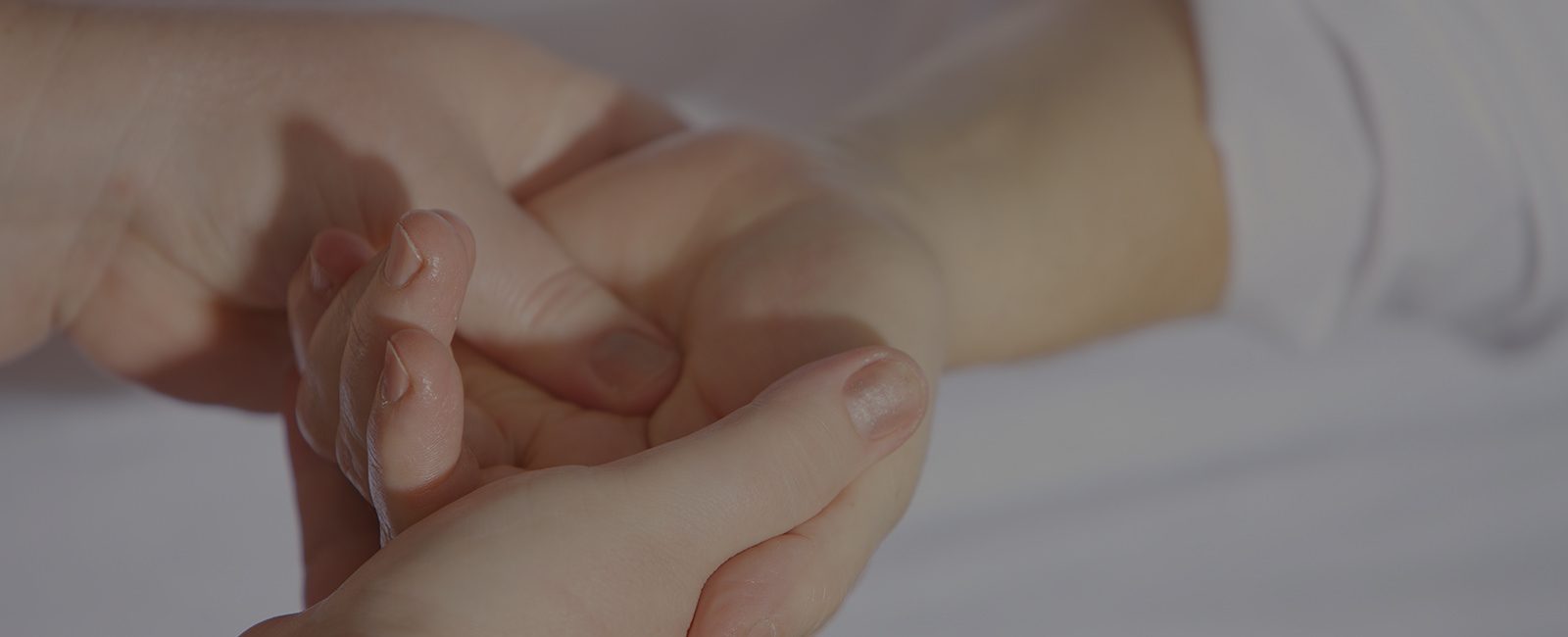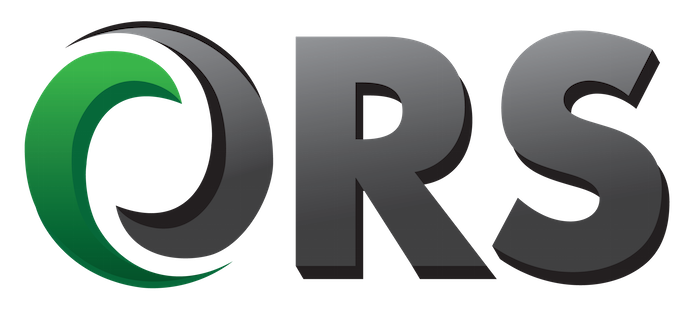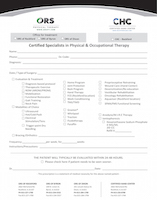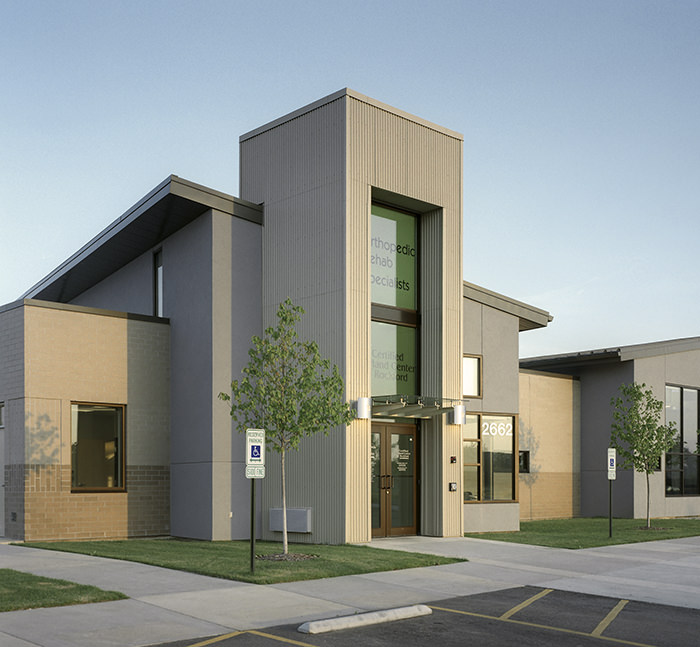What is Occupational Therapy?
Occupational therapists help people across the lifespan to participate in the things they want and need to do through the therapeutic use of everyday activities (occupations). At the Certified Hand Center, our therapist helps people recover from traumatic injuries, cumulative trauma, or arthritis of the arm in order to regain skills necessary to for daily activities at home and work.
What Is Hand Therapy?
Hand therapy is the art and science of rehabilitation of the upper quarter of the human body.
The “upper quarter” includes the fingers, thumb, hand, wrist, forearm, elbow, upper arm and shoulder. Hand therapy is a merging of occupational therapy (OT) and physical therapy (PT) theory and practice that combines comprehensive knowledge of the upper quarter, body function, and activity. Using specialized skills in assessment and treatment, hand therapists promote the goals of prevention of dysfunction and restoration of function in order to enhance participation in life situations for individuals with upper quarter disease or injury.
What Is a Certified Hand Therapist?
A Certified Hand Therapist (CHT) is an occupational therapist or physical therapist who has a minimum of three years of clinical experience, including 4,000 hours or more in direct practice in hand therapy. In addition, the Certified Hand Therapist has successfully passed a comprehensive test of advanced clinical skills and theory in upper quarter rehabilitation. Because of changes in the profession, every CHT is required to demonstrate continued professional development and competency by re-certifying every five years.
Why Choose a Certified Hand Therapist?
People value the use of their hands and any loss of function through injury or accident may have a devastating effect on their lives. Anyone with an injury wants the very best of treatment to assure maximal recovery. The Certified Hand Therapist (CHT) credential offers assurance to the public that the therapist has achieved the highest level of competency in the profession and stays up to date with practice within the field.
The intricate anatomy of the arm and hand frequently requires very delicate surgery, often with microscopic techniques. The technical complexity of these kinds of surgeries necessitates a high level of competence by therapists with advanced skills in upper quarter rehabilitation during postoperative recovery. Therapists must be knowledgeable about these advanced surgical techniques and postoperative therapy programs to become CHTs. They must also remain current with changes in hand therapy practice.
Certification is voluntary and difficult to attain. It involves meeting rigorous standards, developing a long-range career path, and acquiring the advanced study and training required to pass the certification examination. CHTs are therapists who demonstrated a personal dedication to the profession of hand therapy and a desire for advanced competency; they bring to their work a commitment and dedication to reach and maintain the highest standards in their profession. The CHT credential is recognized by many professional organizations as a benchmark for excellence in advanced specialty credentialing in health care.
What insurance does CHC accept?
How will I know if my insurance covers therapy? We accept most insurance carriers. Visit the Insurance section on the site for more information, or call us with your insurance information and we will verify your coverage.
What are the hours of operation?
Please reference our hours of operation by clicking here.
What do I need to bring with me?
For your first visit, bring along your completed paperwork that you downloaded. You will also need your signed Prescription/Referral form for therapy from your physician, sometimes referred to as your “script” for therapy. Be sure you have a Photo ID, like a valid Drivers License or School ID. Bring your insurance card or claim number and bring a list of any medications you are taking presently being sure to state respective dosage amounts. If you are covered by Workers’ Compensation, complete the Workers Comp form and bring it to your first appointment. If you are covered by auto insurance, complete the Auto Accident form and bring it to your first appointment as well.
How should I dress?
You should plan on wearing comfortable clothing and shoes that will allow you unrestricted movement.
How long will my visit take?
You should expect to spend about 45-60 minutes on your first visit. Follow-up visits will vary depending upon your plan of care.
What happens on my first visit?
Your therapist will first conduct an initial evaluation to learn more about the current injury or condition that brought you to our clinic for care and treatment and to review your health history. Your therapist may examine such things as your strength, range of motion, flexibility, pain level, and check for swelling. They may also conduct additional clinical tests as well. They will begin to develop a custom treatment plan for you, including frequency and duration of future visits. If appropriate, your therapist may initiate treatment during your first visit. In addition to clinical treatment options, your therapist may design an individualized home exercise program to support your specific needs. Be sure to schedule follow-up appointments at the front desk before you leave.
Who will see me?
You will be evaluated by our experienced, licensed occupational therapist. We make every effort to give you a one-on-one relationship to get to know you and maintain continuity of care.
Where should I attend therapy?
If your physician refers you for therapy, you have the right to attend therapy wherever you wish.
It’s important to know:
-
- Certain therapists are more qualified to treat certain conditions. For optimal results, call your therapy provider to learn more about their specialties or qualifications. For example: A hand surgeon may be more inclined to refer you to a Certified Hand Therapist.
- Your insurance provider may limit the facilities you can attend. Please contact your insurance provider with questions regarding any coverage limitations.
How do I make an appointment?
Making an appointment is easy…just give us a call at one of our locations. We’d love to talk to you. Or, schedule follow-up appointments at the front desk before you leave.
How does the billing process work?
Billing for occupational therapy services is similar to what happens at your doctor’s office. When you are seen for treatment, the following occurs:
- The therapist bills your insurance company, Worker’s Comp, or you based on Common Procedure Terminology (CPT) codes at usual and customary rates established for our geographical area.
- The payer processes this information and makes payments according to our contracted fee schedule (if any) and per your benefit plan.
- An Explanation of Benefits (EOB) is generated and sent to the patient and the clinic with a check for payment. The insurance company decides how much the patient owes the clinic.
- The patient is expected to make payment on patient balances once patient statements are mailed to them.
It is important to understand that the steps listed above are a general outline of the billing and collection process. Group health insurance plans will generally pay within 2-6 weeks while workers compensation and auto carriers could take years to pay. Please refer to the current Release of Information/Financial Policy form for expectations we, as a clinic, have of our patients when it comes to payment.









